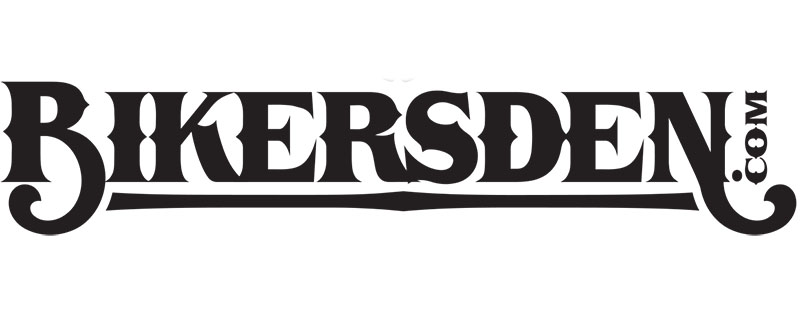Indian Motorcycles was founded in 1901 by George Hendee, a racing legend in his own time, and Oscar Hedstrom, a self-taught engineer dedicated to innovation. From the beginning, the bikes were built for speed and performance and for decades, Indian dominated the racing circuits and was the premier American motorcycle manufacturer. However, how did Indian really come to be? It is said that George Hendee took a bicycle racing at the age of sixteen. He won his first national championship in 1881 at Hampton Park in Springfield, Massachusetts. He continued his undefeated rain until 1886, when he retired unbeaten.
The name Indian was chosen because the founders thought that there was nothing more Amarican than the Native American Indian. By 1930, Indian Motorcycles was the market leader, producing over 30.000 units per year, and the largest motorcycle fabricator in the world. Its popularity was driven by its reputation for reliability, innovation and technology. The automobile was Indian motorcycle`s ultimate competitor. In 1930, Henry Ford implemented the moving assembley line to speed up the manufacturing process and reduce costs on mass production. The motorcycle industry had to change and adapt after the introduction of the automobile.
Motorcycles were now viewed as transportation as well as recreational vehicles. Racing became even more important as motorcycling became an enthusiastic activity. The race track became a play ground for everybody that owned a motorcycle. During World War II, Indian Motorcycle probably meet almost 60% of Amercia`s military motorcycle requirements. In this period, Indian dedicated all of its production to the military effort. When the U.S. War Department asked Amercian Motorcycle manufacturers to develop military machines for World War II, Indian created the model 841. The motor featured a 750cc V-twin, with the cylinders turned sideways and set at 90 degrees.
The 841 also featured several other new features, including shaft drive, a food shift, hand clutch and so on. These models were handed out to post-war cheefs. World War II proved hard on Indian since contracts from both the U.S. and allied governments were fruitful at first, but the Jeep quickly substituted the positions that the motorcycle once occupied. Indian made it to the end of the war, producing non-motorcycle items like aircraft engines. At war`s end, Indian Motorcycle had to reduce its workforce, finding itself with a weaker dealer network and a still declining market share. The company could not survive the period after the war.
Indian Motorcycle has stopped the production in 1953. The production was stopped from 1953 until 1998. In 1998, the production has started once again in Gilroy, California. Their first products were powered by an S&S engine, and the first Indian engine in 50 years was introduced in 2002, as the PowerPlus 100. In September of 2003, Indian Motorcycle in Gilroy, California ceased the operations. In 2004, entrepreneurs acquired the trademarks, headed by Chairman Stephen Julius. After extensive market research, the company re-designed the Indian motorcycle. Only after some exhausting testing the production begin in 2008, with every bike being hand-built.
